Buffalo 2000
The elevator seen here really stands out as unique and was in the 1980s a highly innovative design, the future of the Alberta grain industry. The Buffalo 2000, the dawn of a bold new era, modern and efficient, a new way to do it. It was not just a means to supplement, but perhaps even replace the hundreds and hundreds of outdated wood grain elevators all over the province. It was hoped it’d be a success. The data said it would be.
Ultimately however, for a number of reasons, it was not well received and was replete with problems, so only a few were ever built, This example still stands and is in use, and can be found in Lyalta Alberta.
From the early 1900s to the 1980s, the wood grain elevator ruled the roost in Alberta and in fact all over the Canadian Plains. They were everywhere. Some are still in use today. The traditional design was proven and worked well enough I guess, but by the late 1970s was becoming quite obsolete. Still, new ones were built as late as 1988!
Something new was needed. Something more efficient, up to date, of greater capacity (often doubling it) and safer (wood and grain, an explosive mix). Enter the Buffalo series. It addressed all the problems and on paper it looked good. It would be used for new construction and to replace older elevators that were near the end of their service life.
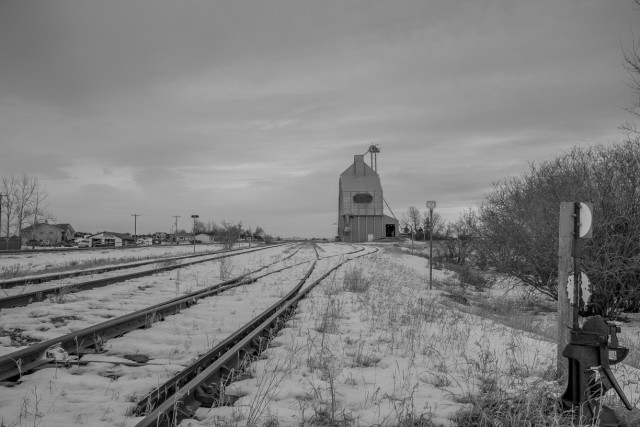
A rare Buffalo 2000 grain elevator in Lyalta Alberta.
Cautiously, almost reluctantly, the first Buffalo 2000 was built (in 1982), the very one seen in this report, and thoroughly tested. Not long after two additional examples were constructed, one in northern Alberta, a place called Boyle and another in the far south, in Foremost. The one in Boyle was demolished a few years back, not an easy nor cheap undertaking given all that concrete and steel. Could it be that which kept the others from a similar fate…might as well use them, they’re just too much work to tear down?
Almost from the start a couple problems appeared. It was complex to build, all those internal pockets, and expensive, far more than planned. Unexpected issues occurred with grain flow and clogged bins were common. It just didn’t work as envisioned and so no more were built after the first three – well not true. A similar design was later developed in Brazil of all places (thanks Steve Boyko) but we’re not sure how successful it was. Interestingly a few wood elevators were built after the Buffalos. They just couldn’t let go of tradition! In the end the B2K was a failed experiment. Still those built, in spite of any functional problems, were kept.
By the 1990s, high throughput grain elevators came on the scene and are the current norm. Massive steel or concrete or some combination of the two, they are able to load a whole train’s worth of grain cars in one pass. Compare that to the traditional elevator, or even the Buffalo design, which at best could load a handful, maybe a dozen or so, at one time. Just down the tracks from Lyalta, by the way, is high throughput elevator.
The original owner of the Lyalta Buffalo 2000 was the Alberta Wheat Pool – in fact all Buffalos were built for that firm, but if a success no doubt other grain companies would have likely adopted them as well. The AWP was founded in the 1920s, as a farmer owner cooperative, and was for much of its history, or maybe all, the largest grain handler in the province. Nearly every grain loading point (and there were a lot of them) had a “Pool” elevator. The company merged with numerous rivals starting in the late 1990s (and dumping the collective mindset) first becoming Agicore, then Agricore United, then finally Viterra. That firm is still in the grain business.
The AWP sold the elevator just after the turn of the century to Canada Malting, a specialized player, who still uses the facility (and who graciously allowed us access). Outside some modifications here and there, nothing major overall, the machinery inside is pretty much as built. The exterior is still painted in Pool colours, with the the old Agricore sign blanked out. The town’s name is still emblazoned across the front of the structure. It was tradition to do this, going back to the early days.
The main control panel is an interesting feature. An old style man-lift seen inside would not be out of place in a 1920s era wood elevator.
In the past there were other grain elevators in Lyalta, the last to go a traditional wood-crib style, built in the 1920s and torn down sometime after the Buffalo 2000 was built. Interestingly, it too belonged to the Alberta Wheat Pool. This earlier facility included a house for the operator in back. It’s long gone but the layout of the trees, some fence bits, and other details make it clear that it was once here.
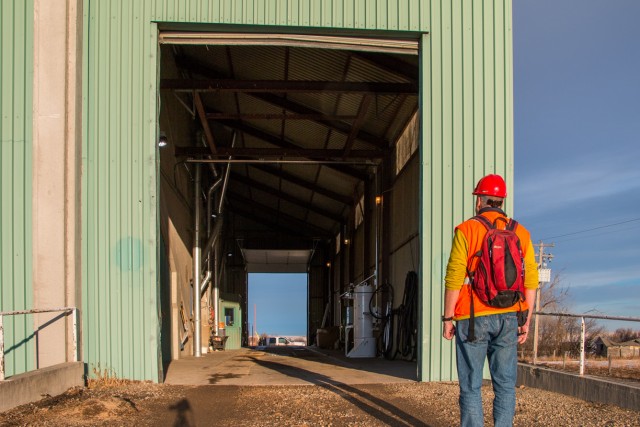
Your author ready to explore.
The railway line seen out front dates from the 1910s. Built by the Canadian Northern Railway, here under the Alberta Midland Charter, it ran east from Calgary with main and secondary lines heading to Saskatoon and a second sort of trending off towards Edmonton, with lots of branches off each. The CNoR went bankrupt and in the early 1920s, and along with some rivals was folded into Canadian National Railways.
Today most of the track mentioned has been abandoned. The Lyalta elevator is now at the end of the line, a short spur coming in from Calgary. They still can receive cars for loading, although it’s been a while since that happened. Grain is moved out via container instead, for rail or road transport – those destined for rail are first trucked to a nearby intermodal yard.
A second “Buffalo” design was experimented with. Known as the Buffalo Slope (sometimes Buffalo 1000 or simply Buffalo), it was “developed” around the same time as the 2000 (might as well experiment with two types), was also made of concrete, but was in appearance and configuration different. Some people lump the two together calling them all “Buffalo Bins” but they’re actually two separate animals, Pool records confirm that, sharing only a similar name and not much else. Just a few were made of which two still exist. Like the 2000s, they didn’t work out as hoped, but still functioned good enough to be used.
The tiny town of Lyalta is located not far east of sprawling Calgary. Founded in the 1910s with the coming go the railway, it’s home to a couple dozen people at most. However, a bedroom community of sorts, a large housing development (with a golf course) just north of the place has been has been encroaching on the community for some time and is almost swallowing it up in the process. A couple old-ish buildings, on main street, the only street, can be seen in the original part of town. Not much is left otherwise.
More interesting grain elevators…
Prairie Sentinels Mossleigh Alberta.
Coleville Saskatchewan Pool “A”.
Alberta’s oldest grain elevator.
If you wish more information on what you’ve seen here, by all means contact us!
Date: January, 2016.
Location: Lyalta, AB.
Article references and thanks: Alberta Wheat Pool archives, Canada Malting, Ryan Dodd.
BIGDoer.com was on site with permission.
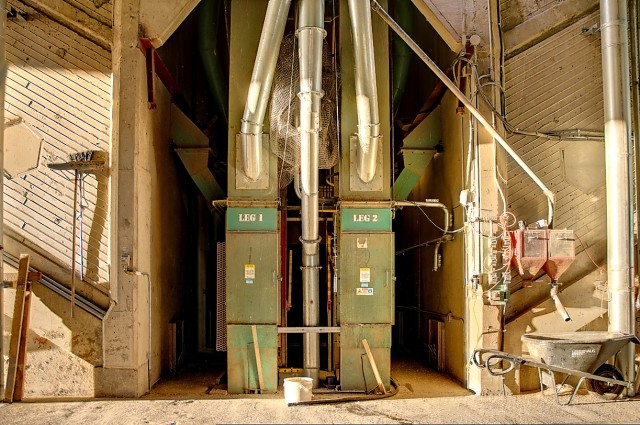
A look inside.
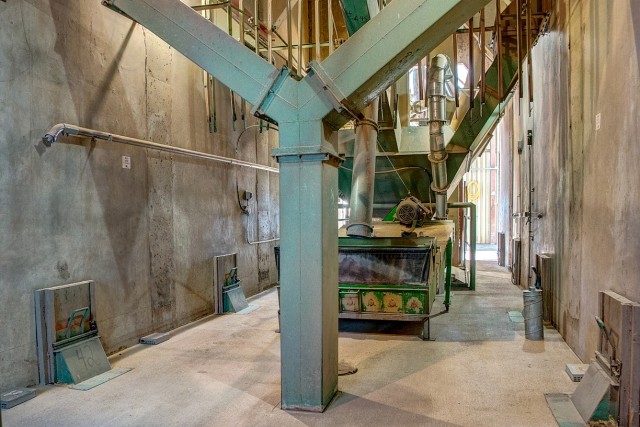
A food grade facility, everything’s nice and tidy.
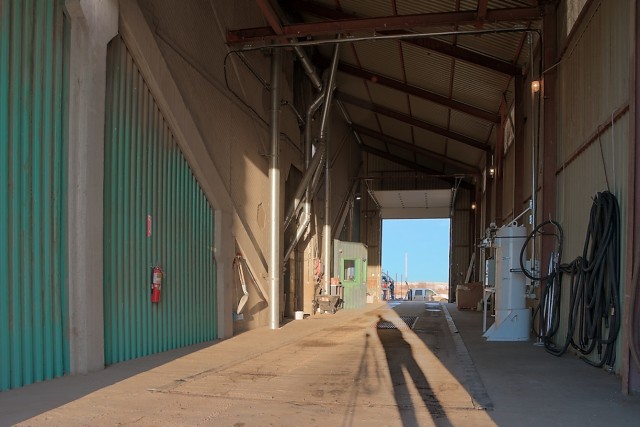
The driveway can accommodate any size truck.
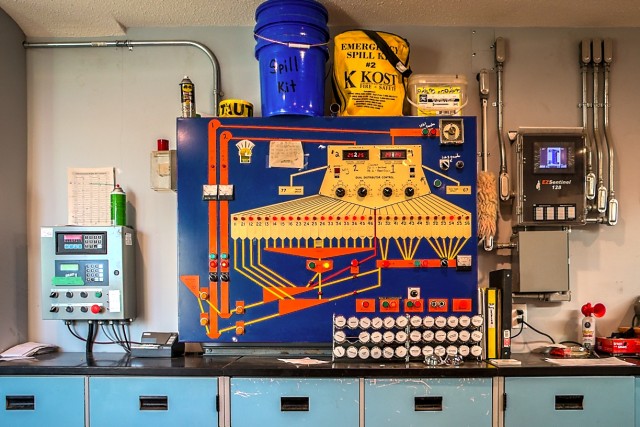
The heart of the facility, the control panel.
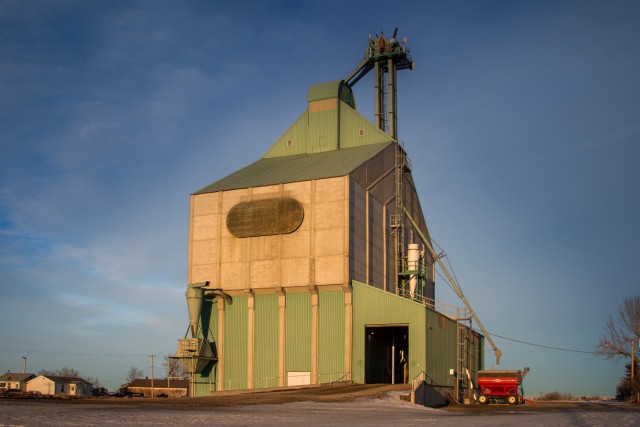
The structure dates from the early 1980s.
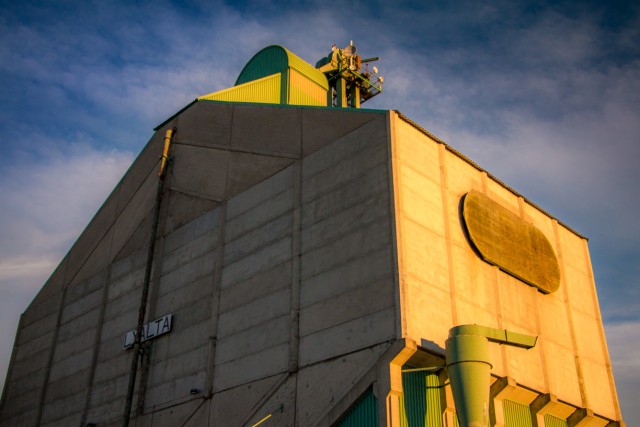
The innovative design was not the success envisioned.
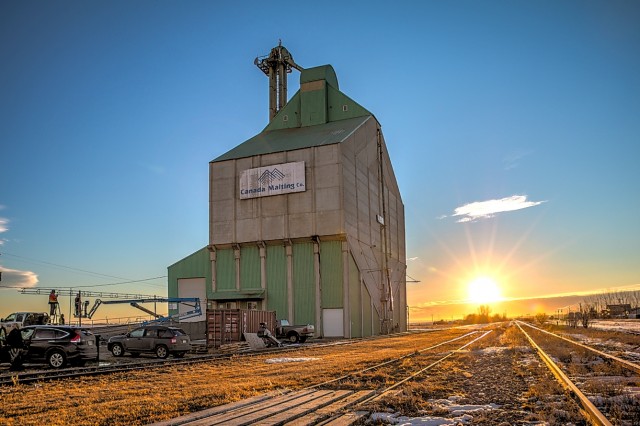
Built for the Alberta Wheat Pool, it’s now owned by Canada Malting.
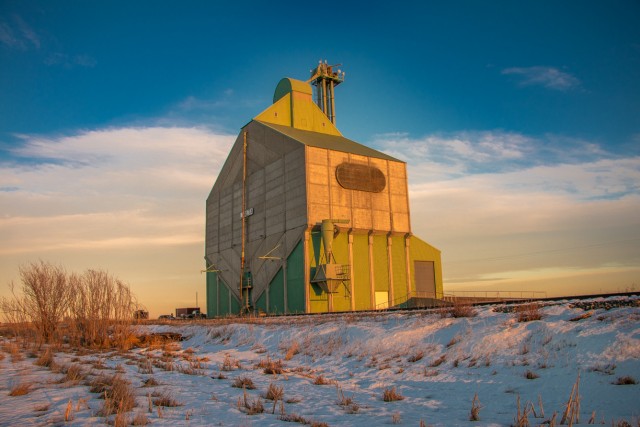
The warm glow of a setting sun.
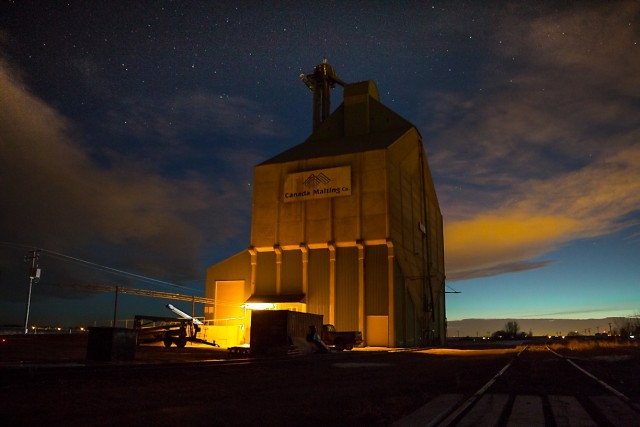
And then the stars come out…

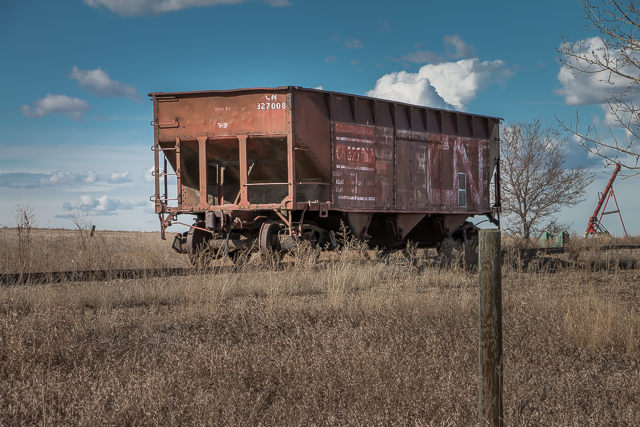
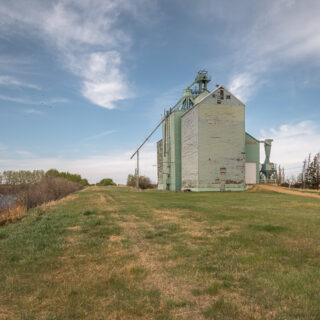
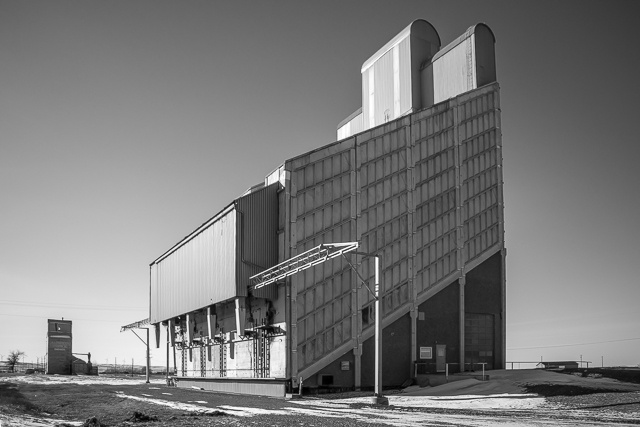
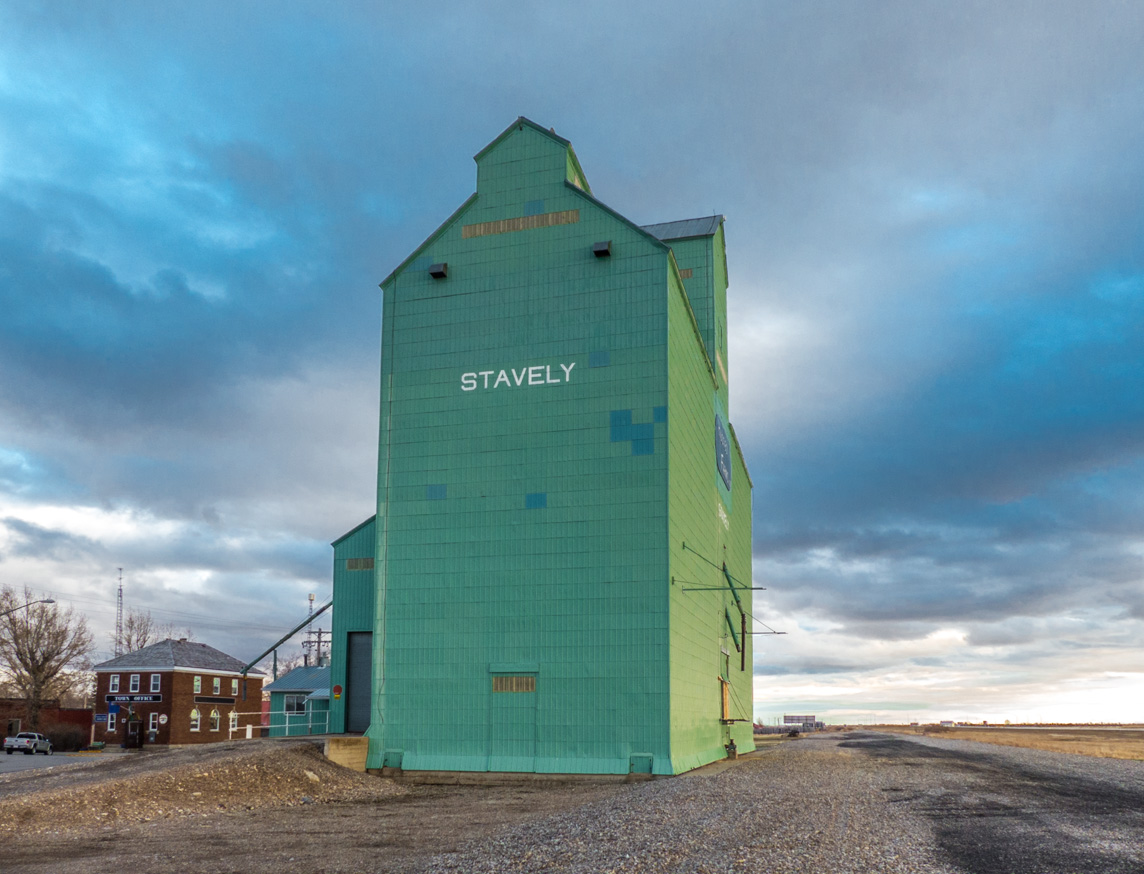
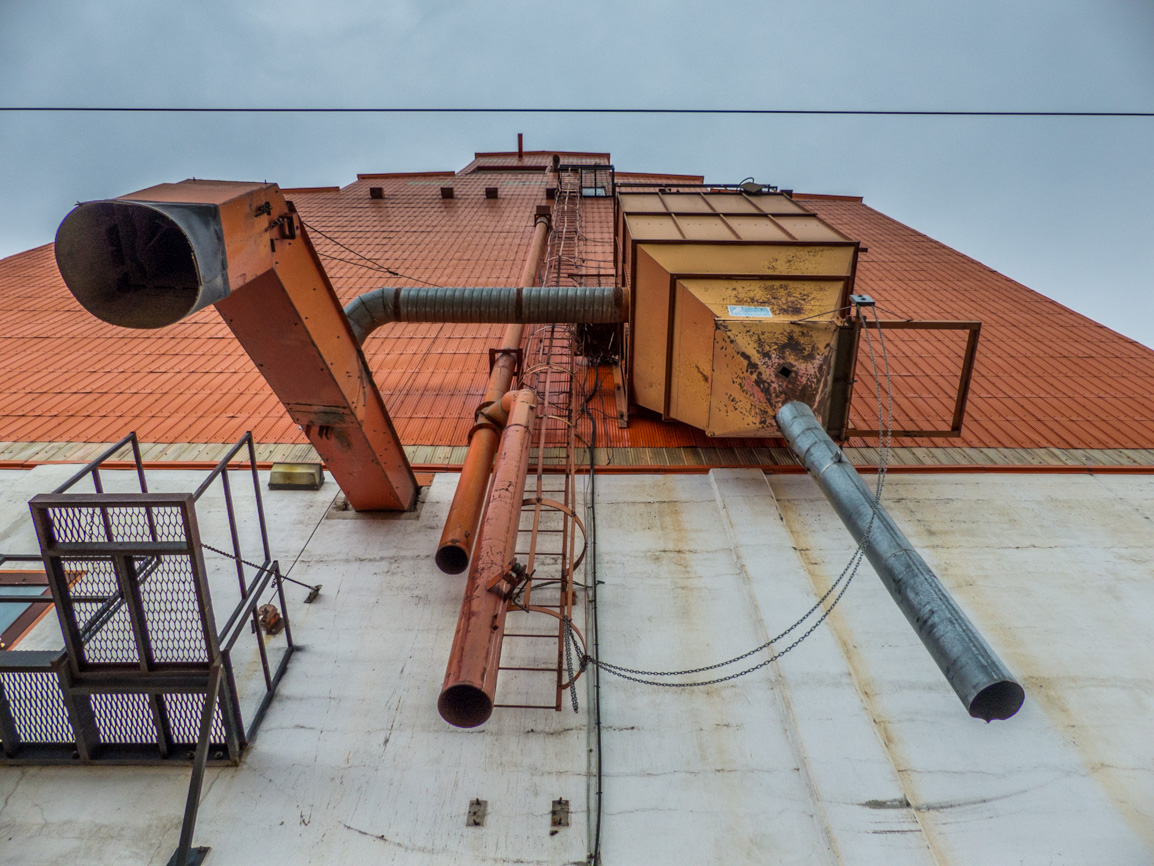
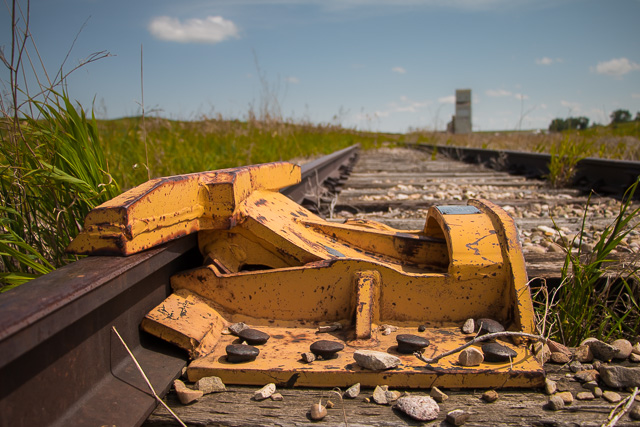
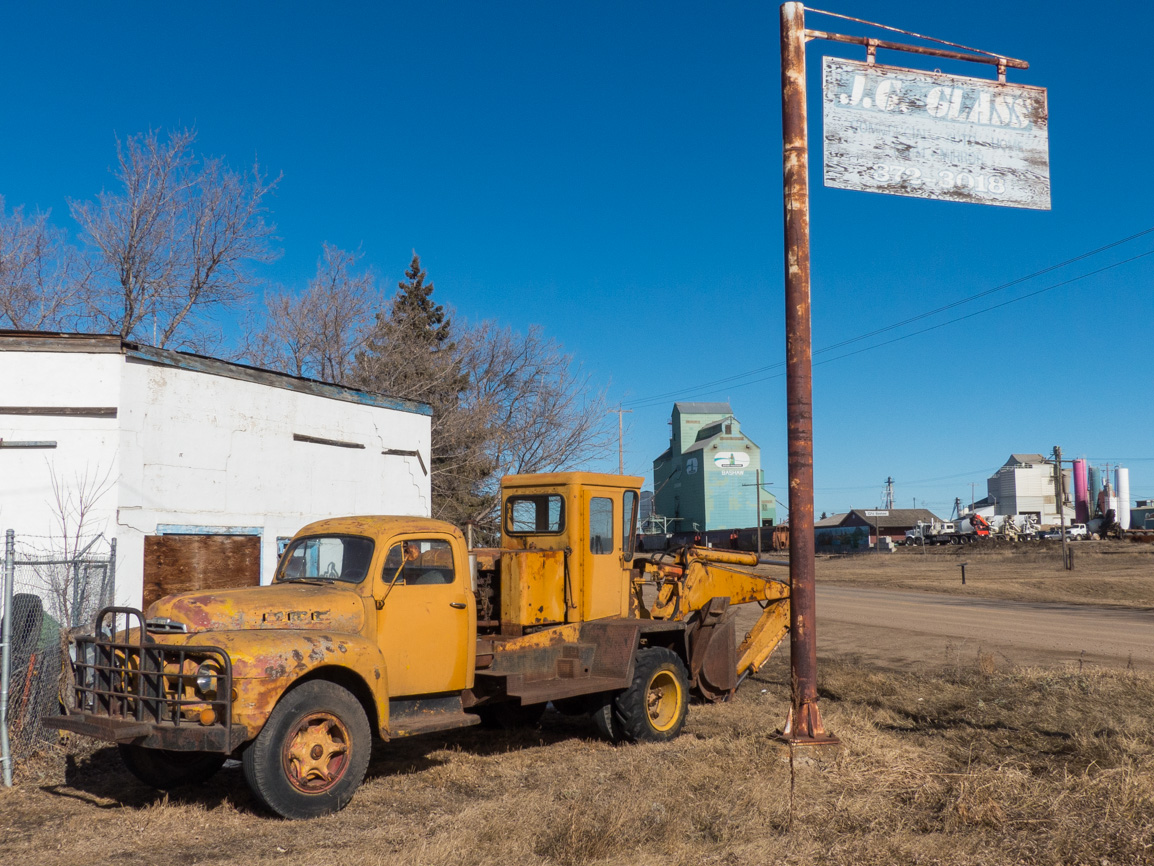

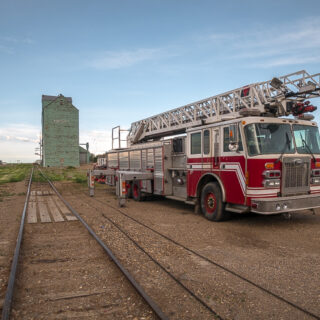
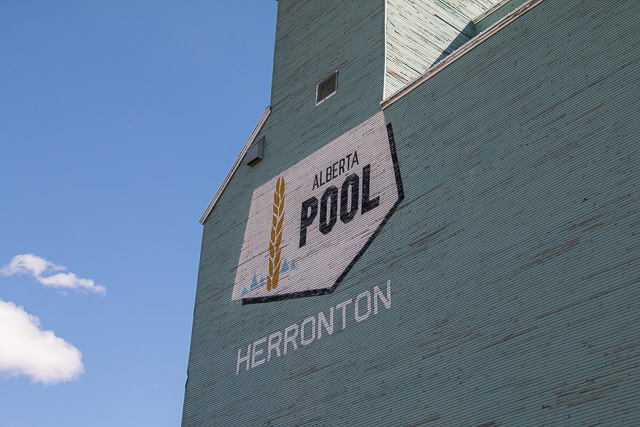
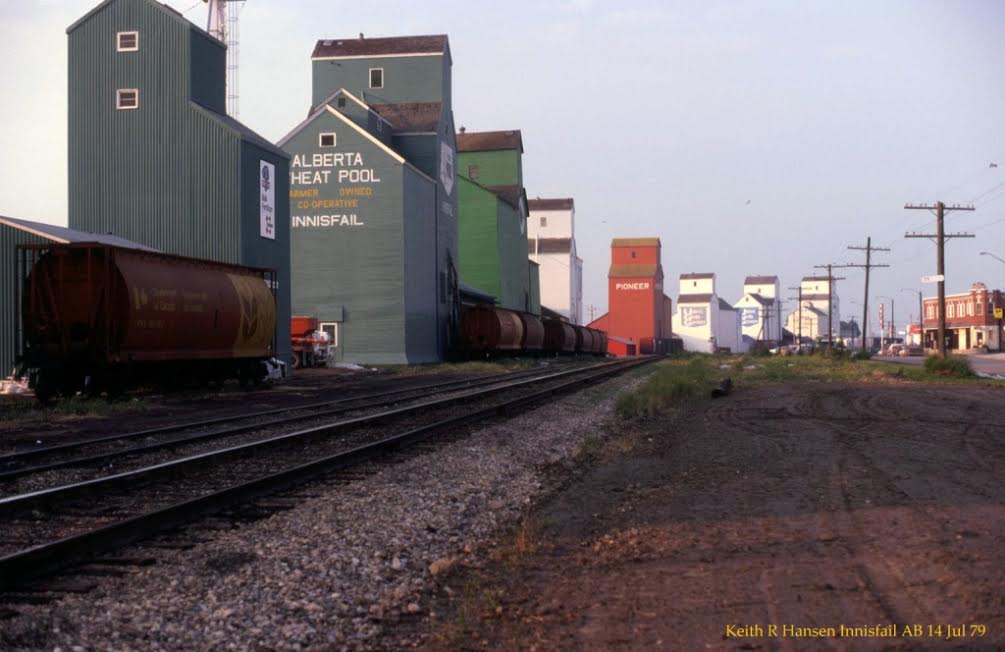
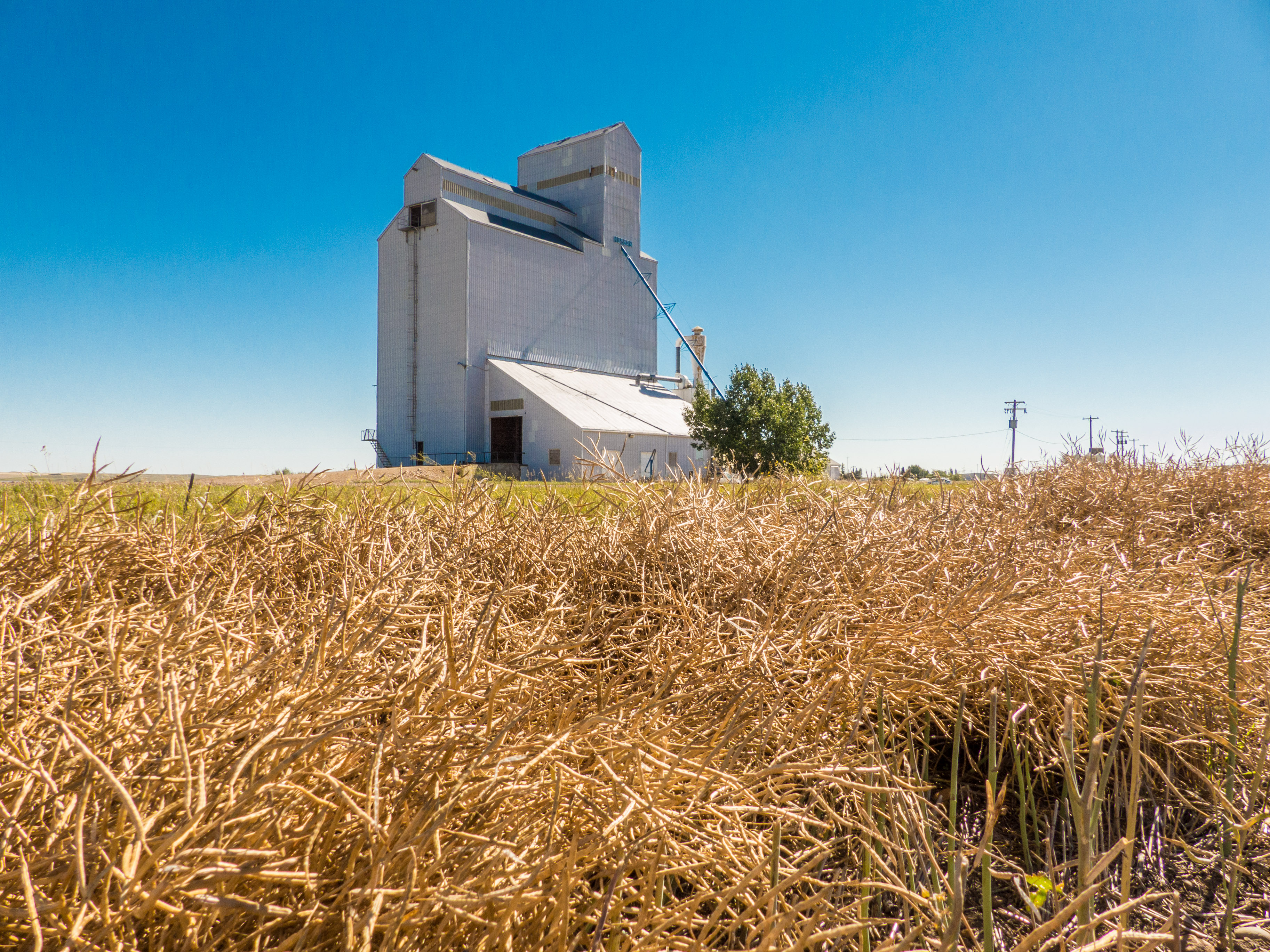







The image titled, “And then the stars come out…,” is really striking.
Well done.
Cheers!
Thank you, it was a great time shooting those images.
I used to work at this elevator in 2018. If I remember correctly there is actually a history book about the elevator showing pictures form the construction, and the original wheat pool team who ran the elevator.
from the construction* sorry for the typo lol
No problem. We do our share of typos, so it’s no big thing.
We’ve seen that write up – very interesting. So much concrete! Interesting place to work from what we saw.
I always enjoy your posts.
That’s fantastic and please drop by often.
Nice photos.
Thank you.
Love these photos, Chris!
Awesome, happy to hear that!
Always enjoy and learn a ton. If I come across something unusual I check you guys out and usually I find the answer.
You guys are awesome !
You have us blushing! Glad we have this type of impact. Keep on dropping by!
Your photos are particularly striking in this issue of the blog. Well done.
Thank you Glen, that’s nice to hear. Do stop by often for new content.
You documented it very well. I live beside the golf course and can see if from my front step.
Interesting!
My grampy used to farm in the area and I remember many years ago delivering grain to the wood elevator that used to stand in Lyalta. That was before the concrete one was constructed.
I saw one or two photos showing the wood elevator before the Buffalo.
Been meaning to get up to this for a long time. A very unique elevator.
Unique is right! It was cool to see the interior.
There are other Buffalo”s in southern Alberta. There were doubles like the one pictured here and singles like the one at Magrath AB. near Stirling. I asked a farmer what he thought of them and he said the grain hung up on the concrete slope and they were expensive to build. Alberta Wheat Pool did an extensive advertising campaign about these.
We may be visiting one of the other Buffalo styled elevators soon. Stay tuned!
(via Facebook)
I see it every day on the way home. Canada malting seemed to have their interest in a few different ventures. At one point they owned the mushroom farm beside hwy 2 at Crossfield.
Mushrooms? Odd or what?
Really nice photos and write-up! Someday I hope to get to see this elevator.
And thanks for the shout-out!
No problem. That Buffalo style elevator you showed from Brazil was cool. Huge too, a Super-Buffalo!
It sure is interesting and has some features that were quite cutting edge and others that seemed quite traditional and even old fashioned (the manlift for example).
Great pics! I used to drive by that elevator 6-8 times per year. Recently saw the one in Foremost.
BIGDoer might be visiting that one soon. Thanks for commenting!